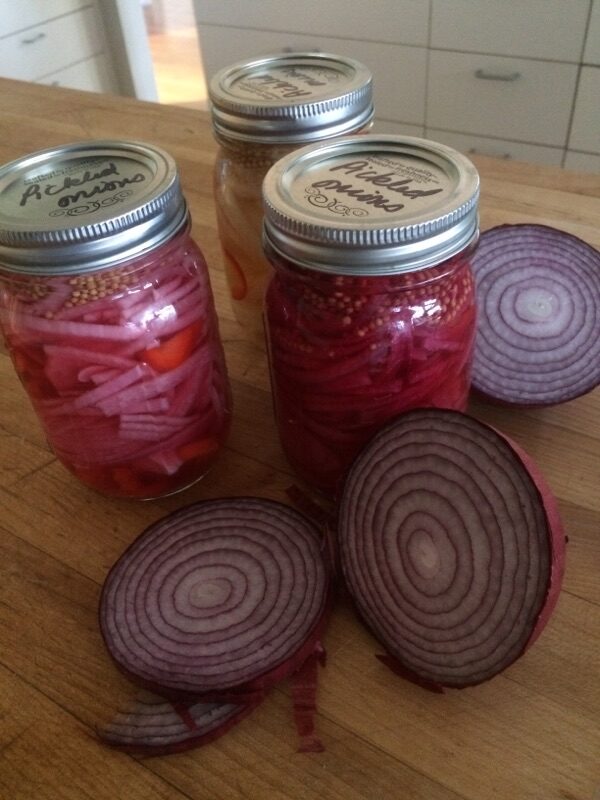Foods you liked as a kid, you may not like anymore and vice versa. It is well known that eating habits change throughout life. However, adults 60 and over may want to make sure they are consuming the foods and drinks that meet their daily nutrient needs. Nutrition experts say the right food choices are key for older adults maintaining a healthy body weight and reducing the risk of chronic diseases.
Eating is important at every age, but for older adults it can be even more paramount for maintaining good health. Older adults need plenty of nutrients but fewer calories. So, it’s important to make every bite count. Foods that are full of vitamins and minerals are the best way to get what your body requires to maintain a healthy body weight.
Be mindful of your nutrient needs. It is recommended that you examine what you eat on a daily basis and make sure you are getting enough calcium, vitamin D, potassium, dietary fiber, vitamin B12, and protein. Eating a variety of fruits, vegetables, grains, protein foods, and dairy or fortified soy alternatives is what is recommended. When picking foods and beverages, opt for those that are full of nutrients and limited in added sugars, saturated fat, and sodium.
Eating seafood, dairy or fortified soy alternatives, beans, peas, and lentils can help maintain muscle mass. The body’s ability to absorb vitamin B12 can decrease with age. Taking certain medicines can also lower absorption. Eating enough protein and fortified foods can help the body get the vitamin B12 it needs. Limiting salt is important as you get older. Fresh and dried herbs and spices, such as basil, oregano, and parsley, add flavor without the salt.
The current guidelines call for eating a variety of foods from each food group to help reduce the risk of developing chronic diseases such as high blood pressure, diabetes, hypertension, and heart disease. Choosing foods with little or no added sugar, saturated fats, and sodium may be highly beneficial. The Five Major Food Groups are fruits (providing vitamins and fiber), vegetables (providing vitamins and fiber), grains (providing energy), protein (providing nutrients to build muscles and repair the body) and dairy (providing calcium for strong bones and teeth).
With age, older adults lose some of their sense of thirst. So, it is recommended that you drink water often, milk (including lactose-free options or fortified soy beverages) and 100% juice (no added sugar) for staying properly hydrated.
MIND Diet and Older Adults
Older adults whose diet more closely resembles the MIND diet may have a lower risk of cognitive impairment, according to a study published in the September issue in the Journal Neurology. These results do not prove that the MIND diet prevents cognitive impairment, they only show an association. The MIND diet is a combination of the Mediterranean and DASH diets. It includes green leafy vegetables like spinach, kale and collard greens along with other vegetables. It recommends whole grains, olive oil, poultry, fish, beans and nuts. It prioritizes berries over other fruits and recommends one or more servings of fish per week.
“With the number of people with dementia increasing with the aging population, it’s critical to find changes that we can make to delay or slow down the development of cognitive problems,” said study author Dr. Russell P. Sawyer with the University of Cincinnati in Ohio. “We were especially interested to see whether diet affects the risk of cognitive impairment in both black and white study participants.”
The study involved 14,145 people with an average age of 64. Among these participants, 70% were white and 30% were Black. They were followed for an average of 10 years. Participants filled out a questionnaire on their diet over the past year. Researchers looked at how closely the foods people were eating matched the MIND diet.
Researchers then divided participants into three groups. Points were awarded for eating particular items. Out of a possible 12 points, the low group had an average diet score of five, the middle group had an average score of seven, and the high group had an average score of nine. Thinking and memory skills were measured at the beginning and end of the study.
During the study, cognitive impairment developed in 532 people of 4,456 people in the low diet group (12%) and in 617 of 5,602 people in the middle group (11%). In the high group, 402 people of the 4,086 people (10%) developed cognitive impairment. After adjusting for factors such as age, high blood pressure and diabetes, researchers found people in the high group had a 4% decreased risk of cognitive impairment compared to those in the low group.
When looking at male and female participants, researchers found a 6% decreased risk of cognitive impairment for female participants who most closely followed the diet, but no decreased risk for male participants. Researchers also looked at how quickly people’s thinking skills declined as they developed problems. They found that people who more closely followed the MIND diet declined more slowly than those who did not, and that association was stronger in black participants than in white participants.
“These findings warrant further study, especially to examine these varying impacts among men and women and black and white people, but it’s exciting to consider that people could make some simple changes to their diet and potentially reduce or delay their risk of cognitive issues,” said Dr. Sawyer.
John Schieszer is an award-winning national journalist and radio and podcast broadcaster of The Medical Minute. He can be reached at medicalminutes@gmail.com

















